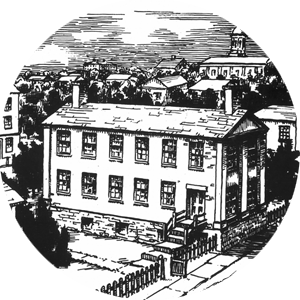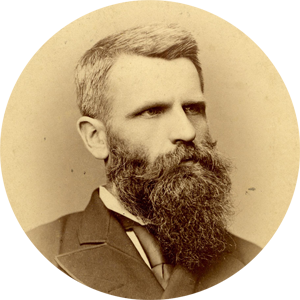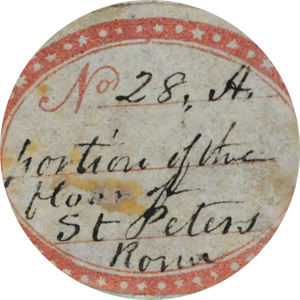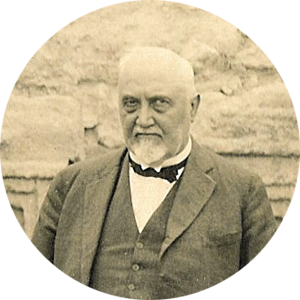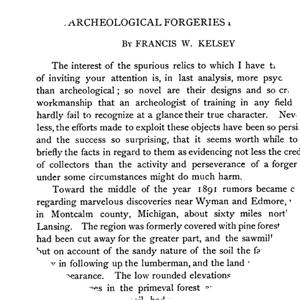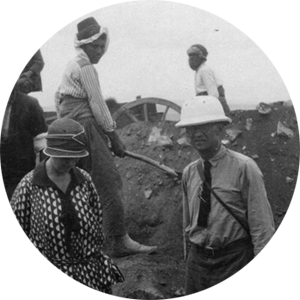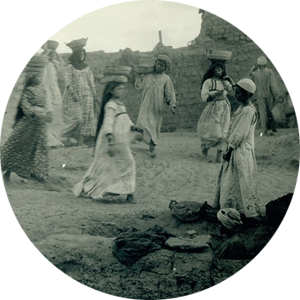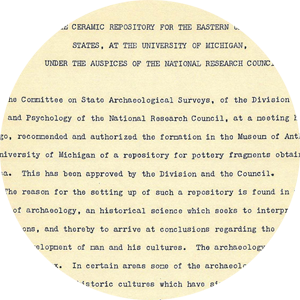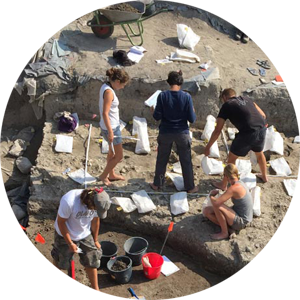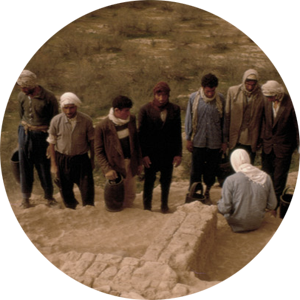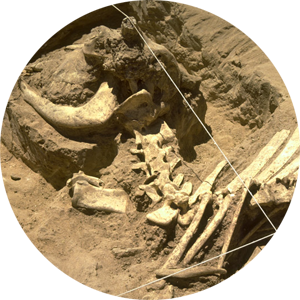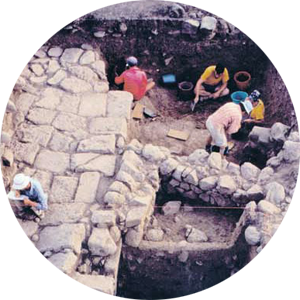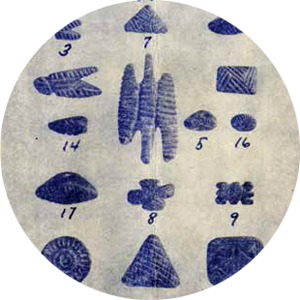Making Biblical Connections
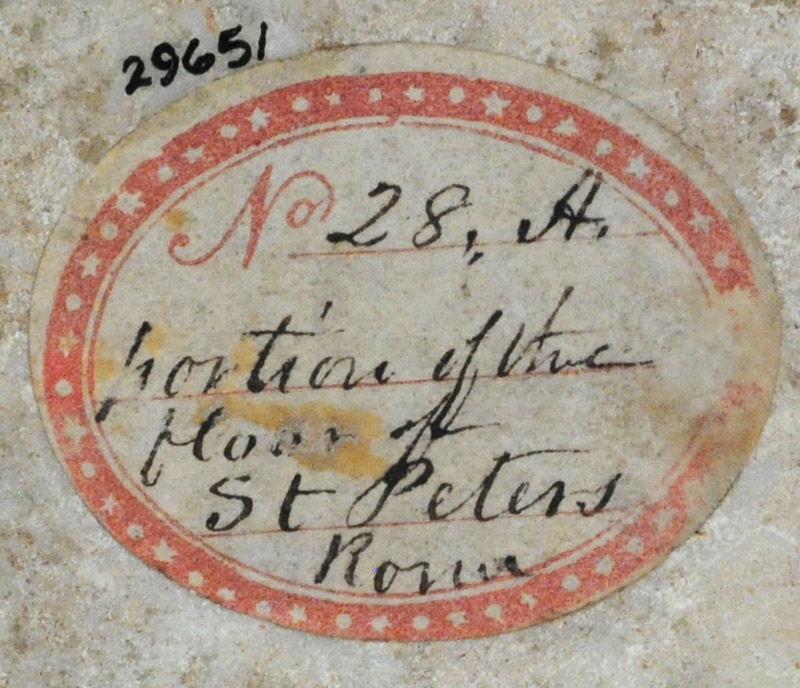
Early American archaeological collections were often intended to illustrate the world of the Bible for a predominantly Christian audience. Souvenirs of major churches and religious sites provided museum-goers with a direct connection to places they might never visit. Nineteenth-century American collections often included Egyptian material as relevant to the study of the Bible. In northern Michigan, the Bay View Association collected material for an intended Biblical museum. The museum did not materialize and the collection ultimately came to the Kelsey Museum.
Efforts were also made to “prove” the truth of Biblical narratives through archaeological research. William Flinders Petrie, the founder of modern scientific archaeology in Egypt (and a friend of Francis Kelsey), began his career by excavating Egyptian sites with Biblical connections. Less scrupulous individuals sometimes manufactured “Biblical” artifacts, such as bricks “made by Hebrew slaves” or “mummy wheat.”
Selected Objects

- Brick (one of a pair illustrating bricks made with straw and without, from the Biblical account in Exodus)
- Mud, terracotta, plant material
- 19th century AD
- Egypt
- Bay View Association Collection Purchase
- KM 71.2.226

- Fragment of flooring of St. Peter’s Basilica, Rome
- Marble
- 16th century AD
- Rome, Italy
- J. D. Candler Donation
- KM 29651
Gallery Photo


